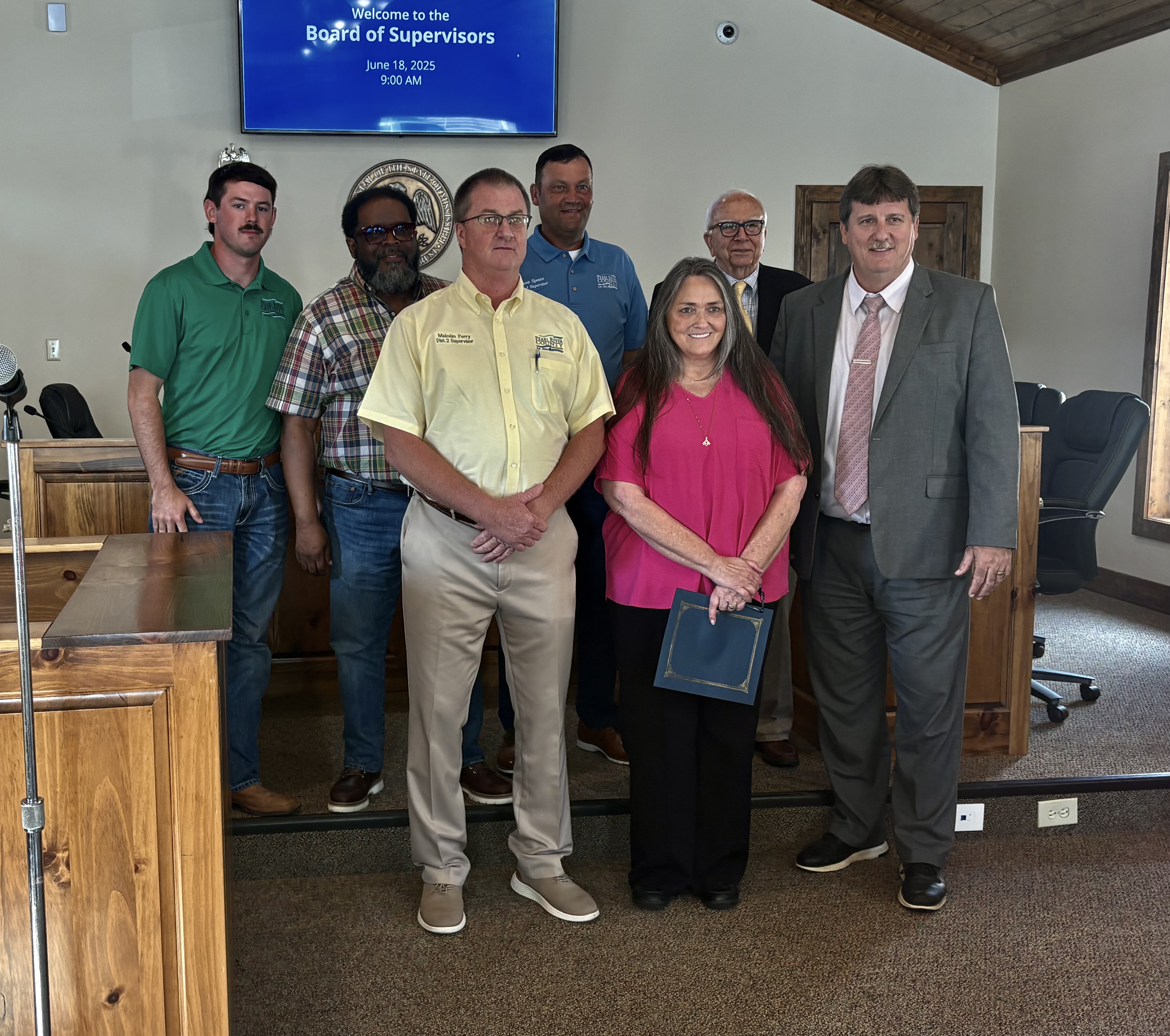Census data shows PRC fifth fastest-growing; has implications for redistricting
Published 1:41 pm Wednesday, August 25, 2010
Census figures show that Pearl River County was Mississippi’s fifth fastest growing county during the first decade of the 21st Century, and that has implications for the county, as state officials begin moving toward redistricting the state legislative districts next year.
County population jumped an estimated 19 percent from 2000 to 2009. Currently, the county is estimated to have a population of 57,860. That compares to 48,621 in 2000. The population increase is most probably due to the Katrina refugee influx and those who decided to remain here.
The current figures are preliminary and final figures should be published in February.
For instance, State Rep. Mark Formby’s House District 108, which is formed mostly from South Pearl River County and Picayune, had up a 17 percent increase in population over the decade and will probably become more compact as a result of redistricting next year, says Formby.
Formby says that other representatives’ districts could dip into Pearl River County to gather more population to help balance each House member with approximately 25,000 citizens per district. There are 122 House members and 52 Senate members needing districts, and sometimes, the districts can become contorted.
Sen. Ezell Lee’s Senate District 47 runs all the way to the Alabama state line.
As a county’s population grows, it can gain more power in the State Legislature since its population is divided up among more legislators.
Pearl River County’s growth is attributed to mainly Katrina refugees relocating here.
Desoto County, located right below Memphis, Tenn., was the state’s fastest growing county. Its population jumped 51,520 from 107,199 in 2000 to an estimated 158,719 in 2009. Desoto’s main city, Hernando, is a suburb of Memphis.
Rankin and Madison, two counties connected to the Jackson metropolitan area, were two and three in population growth. Rankin County gained 27,797 from 115,327 in 2000 to 143,124 in 2009, and Madison County jumped 18,423 from 74,674 in 2000 to an estimated 93,097 in 2009.
Lamar, jumping 10,910 from 39,079 to 49,980 was fourth. Lamar’s connection with Hattiesburg was the cause of its growth. Forrest County, in which the city of Hattiesburg is located, was number 6 in growth, jumping 8,474 from 72,604 to 81,078.
Overall, about 10 counties gained in population over the decade and 10 shrank; the remainder of the counties remained about the same. There are 82 counties in Mississippi.
Some counties have lost population. Harrison County’s population, because of Katrina’s impact, dropped 8,410 residents, from 189,601 to 181,191. It is unclear whether final figures will show a better picture for Harrison.
Among other areas that could lose seats in redistricting is Washington County, which saw its population drop from 62,977 in 2000 to an estimated 54,616 in 2009. That’s a decrease of 8,361.
Areas that have lost population could lose some legislative seats in the redistricting process.
Top members of the House and Senate are holding public hearings to gather input into the upcoming redistricting next year.
The first hearing close to Pearl River County kicks off at 6 p.m. today at USM’s Thad Cochran Center Ballroom in Hattiesburg, followed on Thursday at 6 p.m. at Gulf Coast Community College, Jeff Davis Fine Arts Auditorium, Gulfport.
Other hearings are Sept. 13 at Southwest Mississippi Community College, Hurst Fine Arts Building, Summit; Sept. 14 at Alcorn State University, Natchez Campus, Graduate Business Programs Lecture Hall, Natchez; and Sept. 15 at Hinds County Courthouse, Courtroom 1, Jackson. All hearings start at 6 p.m.





